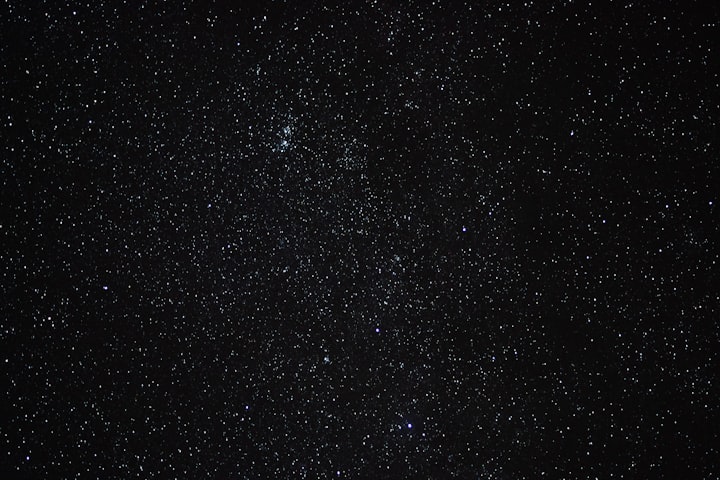
Start writing...neutron stars began their existence as stars, they are found scattered throughout the galaxy in the same places where we find stars. And like stars, they can be found by themselves or in binary systems with a companion.
Many neutron stars are likely undetectable because they simply do not emit enough radiation. However, under certain conditions, they can be easily observed. A handful of neutron stars have been found sitting at the centers of supernova remnants quietly emitting X-rays. More often, though, neutron stars are found spinning wildly with extreme magnetic fields as pulsars or magnetars.
Most neutron stars are observed as pulsars. Pulsars are rotating neutron stars observed to have pulses of radiation at very regular intervals that typically range from milliseconds to seconds. Pulsars have very strong magnetic fields which funnel jets of particles out along the two magnetic poles. These accelerated particles produce very powerful beams of light. Often, the magnetic field is not aligned with the spin axis, so those beams of particles and light are swept around as the star rotates
Another type of neutron star is called a magnetar. In a typical neutron star, the magnetic field is trillions of times that of the Earth's magnetic field; however, in a magnetar, the magnetic field is another 1000 times stronger.
Here’s how a neutron star forms.
Throughout much of their lives, stars maintain a delicate balancing act. Gravity tries to compress the star while the star’s internal pressure exerts an outward push. And nuclear fusion at the star’s core causes the outer pressure. In fact, this fusion burning is the process by which stars shine.
In a supernova explosion, gravity suddenly and catastrophically gets the upper hand in the war it has been waging with the star’s internal pressure for millions or billions of years. With its nuclear fuel exhausted and the outward pressure removed, gravity suddenly compresses the star inward. A shock wave travels to the core and rebounds, blowing the star apart. This whole process takes perhaps a couple of seconds.
But gravity’s victory is not yet complete. With most of the star blown into space, the core remains, which may only be twice our sun’s mass. Gravity continues to compress it, to a point where the atoms become so compacted and so close together that electrons are violently thrust into their parent nuclei, combining with the protons to form neutrons.
Thus the neutron star gets its name from its composition. What gravity has created is a superdense, neutron-rich material – called neutronium – in a city-sized sphere.
We'll talk about neutron star evolution in a bit, but let's say you take your run of the mill mature neutron star, which has recovered from its birth trauma. What is its structure like? First, the typical mass of a neutron star is about 1.4 solar masses, and the radius is probably about 10 km. By the way, the "mass" here is the gravitational mass (i.e., what you'd put into Kepler's laws for a satellite orbiting far away). This is distinct from the baryonic mass, which is what you'd get if you took every particle from a neutron star and weighed it on a distant scale. Because the gravitational redshift of a neutron star is so great, the gravitational mass is about 20% lower than the baryonic mass.
The decline and fall of a neutron star
Thermal history
At the moment of a neutron star's birth, the nucleons that compose it have energies characteristic of free fall, which is to say about 100 MeV per nucleon. That translates to 10^12 K or so. The star cools off very quickly, though, by neutrino emission, so that within a couple of seconds the temperature is below 10^11 K and falling fast
The newborn neutron star will start its life at a very high temperature and central density. The dominant cooling mechanism in the mantle of the neutron star will be the emission of neutrinos generated during weak nuclear processes within the star. The outer layers of the neutron star will be transparent to neutrino emission, but the neutron star core will initially be opaque. Within the opaque core, fluid will boil up from the center to the point where the neutron star becomes transparent to neutrino emission (the “neutrinosphere”), it will cool, and then settle back to the center. This “boiling” of the neutron star core will generate gravitational radiation. In addition, a neutrino bubble is created around the proto-neutron star, which is responsible for generating the shock that powers the supernova explosion.





Comments
There are no comments for this story
Be the first to respond and start the conversation.